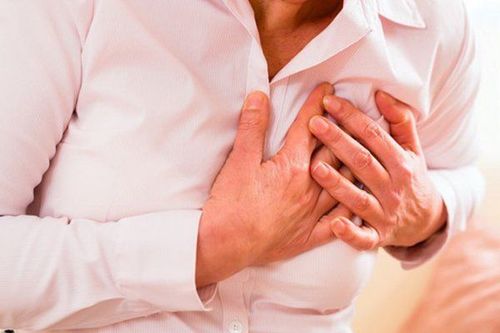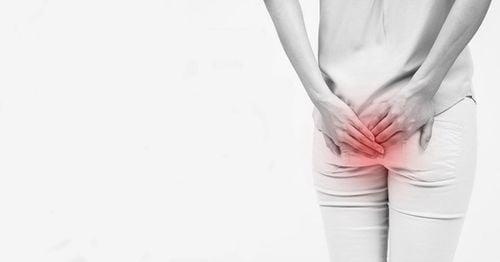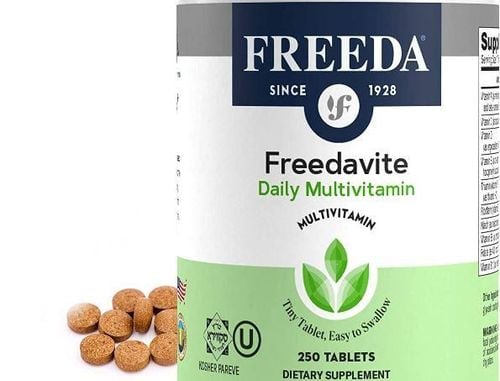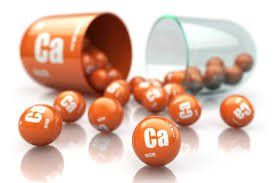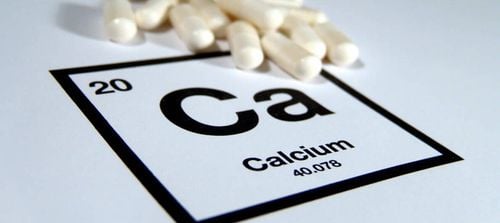This is an automatically translated article.
In order to help the body in aging have good health, in addition to ensuring mental health, the elderly also need a suitable and nutritious diet. In which a daily diet high in fiber, reduced salt intake, and calcium supplements are very important. This article will help you better understand and get ways to supplement fiber, calcium and reduce daily salt intake as the body ages.1. How does aging affect your nutritional needs?
Aging affects a range of changes in the body including loss of muscle, thinner skin, and less acid in the stomach. Some changes can leave you nutrient deficient, others affect your senses and quality of life. Some of the problems that elderly people may experience are:Calorie loss : A person's daily calorie requirement depends on height, weight, muscle mass, activity level and a number of factors other. Older adults may need fewer calories to maintain weight, as they tend to move and exercise less and carry less muscle. If they continue to eat the same amount of daily calories as when they were younger, they can easily gain more belly fat. Muscle loss: In fact the average adult loses 3-8% of muscle mass every decade after the age of 30. Muscle loss is a major cause of weakness, fractures and poor health in the elderly. Inflammation, atrophy of the stomach: The most significant change in about 20% of elderly people using nutrients is atrophic gastritis, which causes you to poorly absorb things like folic acid, vitamin B12 (Cobalamin), vitamin D, iron and calcium. Even more people (up to 50%) have chronic gastritis, which can lead to atrophic gastritis. Constipation: Is a common problem as people age, especially those over 65, and more often in women. The reasons? Less exercise and more medications are listed as possible side effects. A diet rich in fiber not only helps relieve constipation, but it can also help prevent appendicitis. Dehydration: As we age, we become more susceptible to dehydration; This is the most common fluid and electrolyte problem in the elderly. According to the journal Clinical Nutrition Espen, dehydration “affects large numbers of, contributes to, or worsens other serious medical conditions, can cause acute confusion and disorientation, and causes seriously reduce the quality of life of the elderly”. We can also lose the feeling of hunger or cravings frequently due to lower levels of hunger hormones, higher levels of satiety hormones, and changes in taste and smell. But fortunately, eating a variety of whole foods and taking supplements can help older adults meet their body's essential nutrient needs. Here is some information the elderly should know to adjust the diet to increase fiber, reduce salt, increase calcium
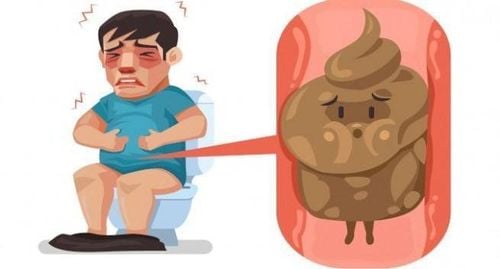
Táo bón là một vấn đề phổ biến khi mọi người già đi, đặc biệt là những người trên 65 tuổi và thường xuyên hơn ở phụ nữ
2. Increase fiber for the elderly
Constipation is a major health problem affecting the elderly. It is especially common in people over the age of 65 and more common in women. Because people at this age are often sedentary and take many medications with side effects causing constipation.Increasing fiber in the diet can reduce constipation. Fiber passes through the intestines without being digested thereby helping to form stools and promoting more regular bowel movements.
In an analysis of five studies, scientists found that fiber helped stimulate bowel movements in people with constipation. Also, a high-fiber diet can prevent appendicitis, a condition in which small pouches form along the colon wall and become infected or inflamed. This condition is especially common in the elderly.
Appendicitis is often viewed as a disease of the Western diet. It is extremely common, affecting 50% of people over the age of 50 in Western countries. As for those who consume a lot of fiber, appendicitis is almost absent.
To have a high-fiber diet the elderly need to
Eat carb sources from whole foods: Fiber slows down the absorption of digested carbs into the bloodstream of the elderly, thereby helping to regulate blood sugar their. Natural food sources of carbs include fruits, starchy vegetables, legumes, and whole grains. Add vegetables to meals and eat them first: Eating more vegetables can help reduce the risk of several chronic diseases. Vegetables do not contain starch, are particularly low in calories and high in nutrients, including fiber.
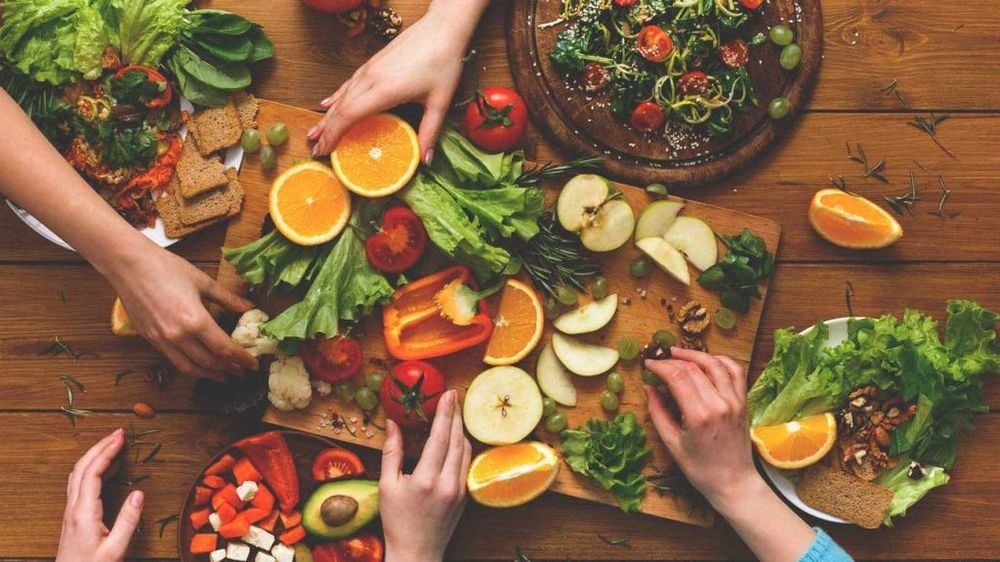
Ăn nhiều rau có thể giúp giảm nguy cơ mắc một số bệnh mạn tính
3. Reduce salt intake for the elderly
Sodium is essential for your health, but too much of it can cause blood pressure problems in the elderly (elevated blood pressure is a major risk factor for stroke and heart disease). Salt (sodium chloride) is the main source of sodium in our diet. Adults should eat less than 6g of salt per day. The food industry is reducing salt in many foods, but a lot of the salt we eat is found in processed foods and it's important to see labels to choose lower salt options. Sea salt contains as much sodium as table salt. It doesn't matter how expensive salt is, where it comes from, or in the form of granules, crystals or flakes - it still contains sodium. The sodium in salt can raise blood pressure and increase the risk of heart disease.Taste buds diminish as we age which may encourage us to add more salt to our meals to enhance flavor. Keep an eye on the amount of seasoning for seniors and use herbs, spices, and a variety of foods to flavor meals instead of adding salt.
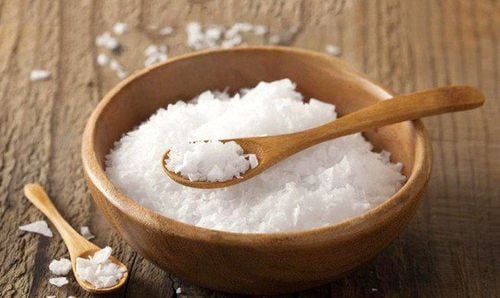
Natri rất cần thiết cho sức khỏe của bạn, nhưng quá nhiều nó có thể khiến người cao tuổi gặp vấn đề về huyết áp
Be careful when using foods that are high in salt like meat - smoked fish, pickles, soy sauce, bottled sauces, braised gravies, stir-fries and some soups. Always check the label and choose a salt-reduced product. When choosing canned vegetables, beans, and fish, choose those that are unsalted or canned in water. Use herbs and spices, such as garlic, ginger, chili peppers, limes, or limes to flavor meals instead of adding salt Gradually reduce the amount of salt in food, gradually the taste will get used to eating less salty foods.
4. Calcium supplements for the elderly
Calcium is important for the growth and maintenance of bones. We lose bone mass as we age, so it's important that we recharge with plenty of calcium. After menopause, women are at increased risk for osteoporosis (osteoporosis) and decreased bone density. This is because the hormone estrogen has a protective effect on bone breakdown, and after menopause, less estrogen is produced.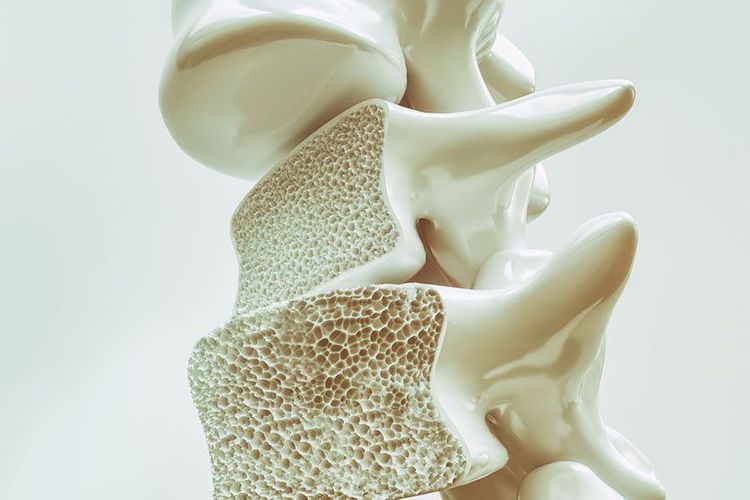
Sau thời kỳ mãn kinh, phụ nữ có nguy cơ cao bị loãng xương (loãng xương) và giảm mật độ xương
Please dial HOTLINE for more information or register for an appointment HERE. Download MyVinmec app to make appointments faster and to manage your bookings easily.
Reference source: nutrition.org.uk; seniorlifestyle.com; healthline.com



